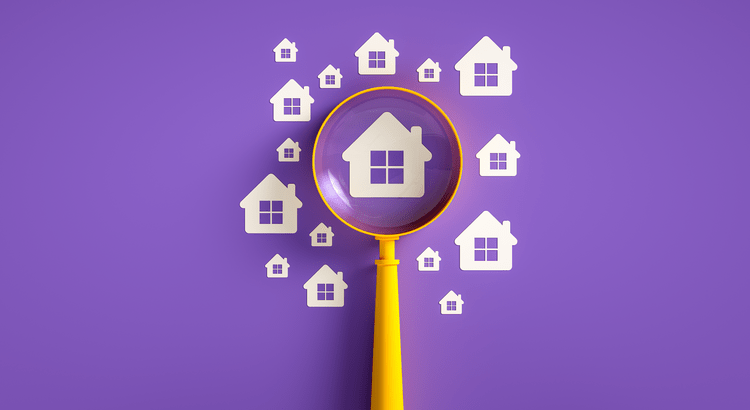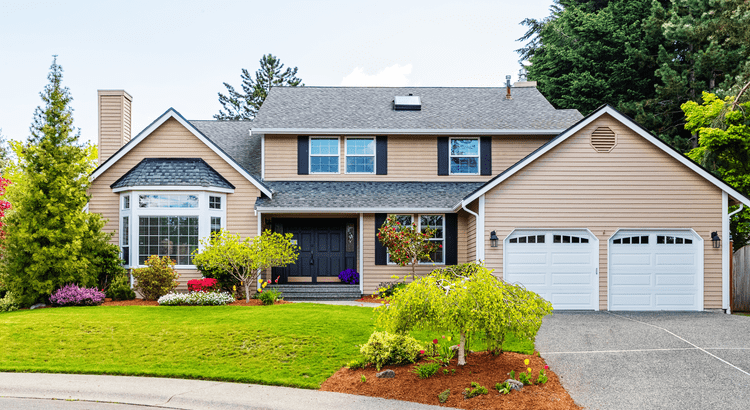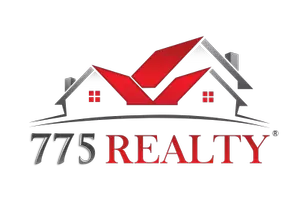
Don’t Fall for the Next Shocking Headlines About Home Prices
Don’t Fall for the Next Shocking Headlines About Home Prices If you’re thinking of buying or selling a home, one of the biggest questions you have right now is probably: what’s happening with home prices? And it’s no surprise you don’t have the clarity you need on that topic. Part of the issue is h

Tips for Making Your Best Offer on a Home
Tips for Making Your Best Offer on a Home While the wild ride that was the ‘unicorn’ years of housing is behind us, today’s market is still competitive in many areas because the supply of homes for sale is still low. If you’re looking to buy a home this season, know that the peak frenzy of bidding

Homebuyers Are Still More Active Than Usual
Homebuyers Are Still More Active Than Usual Even though the housing market is no longer experiencing the frenzy that was so characteristic of the last couple of years, it doesn’t mean today’s market is at a standstill. In actuality, buyer traffic is still strong today. The ShowingTime Showing Index
Categories
Recent Posts










